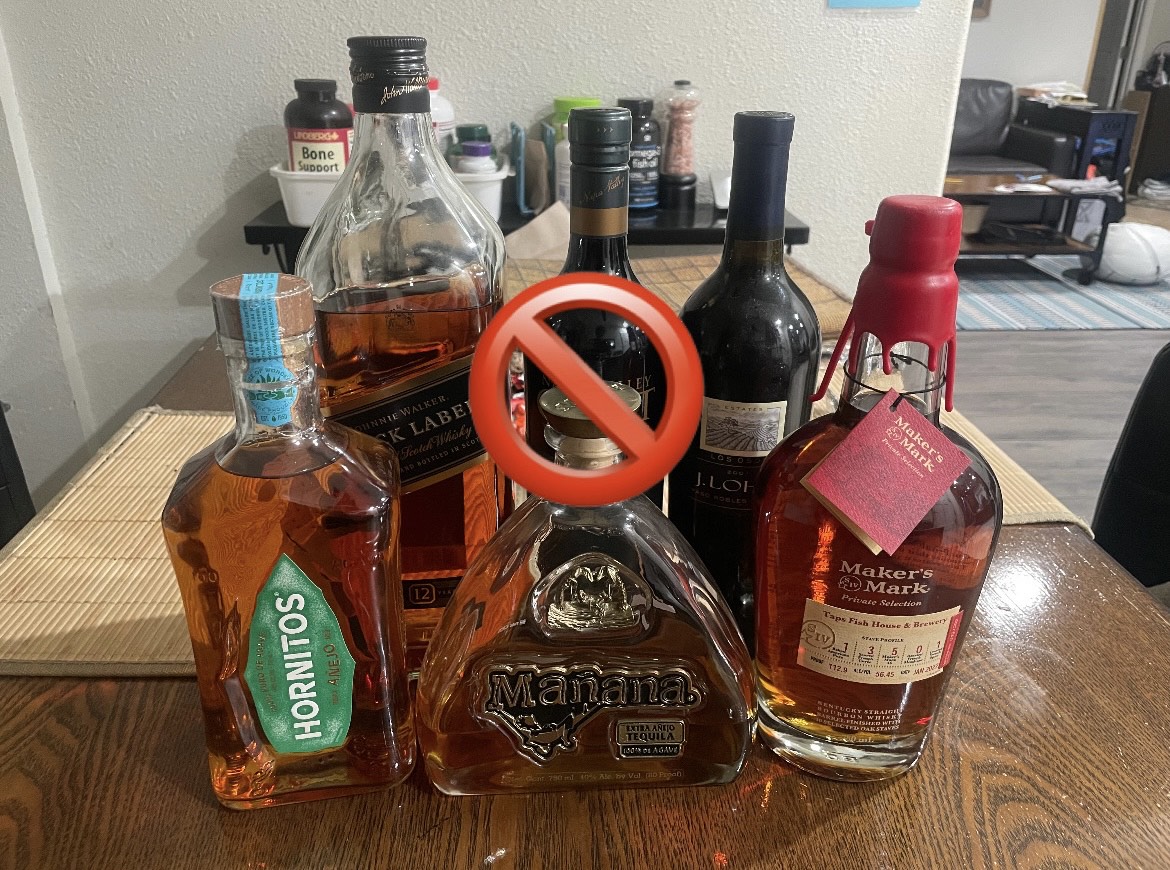One drink at a party may seem harmless, but it could quickly draw high school students into a dangerous world, turning alcohol from a social choice to a trap and destructive habit. Alcohol addiction affects millions in the U.S., people with alcohol consume alcohol inordinately, endangering themselves and others at risk. According to the 2023 National Survey on Drug Use and Health (NsDUH), stated that 28.9 million people around age 12 and older, 10.2% experienced alcohol use disorder (AUD) over the last year. For many high school students, alcohol serves as more than a social temptation, it is an escape from the daily toll of adolescence.
“High school alcohol use often begins with peer pressure, academic stress or is heavily influenced by media and environment. Many students struggle to recognize the issue in themselves with changes in moods or lack in academics often noticed first by teachers, family, or peers. Parents play a key role in setting examples and maintaining communication while the school provides resources such as support programs and counseling. Although alcohol use is declining among teens, vaping is on the rise, leading to additional struggles,” North Penn High School counselor Mr. Daly, stated.
An anonymous student shared their experience with the slippery slope that is drinking. “I never thought trying alcohol with friends would lead to addiction, but it did,” they stated.
“I felt ashamed and helpless as I lost the motivation to study, eat, and live. My grades suffered and the scary part was that I couldn’t turn to my parents due to their struggles, I felt alone. Thankfully, my friends noticed and helped me connect with the right support and after months of hard work, I regained control of my life. This taught me that one decision can have a huge impact on our life and now I think twice before making a decision,”
Addressing alcohol addiction in high school requires a community effort, experts who are educated on this topic, and awareness. Possibly, the host-guest could speak to highlight the importance of the realities of addiction and ways of recovery inside or outside of school. This could potentially help make the issue more relatable and less stigmatized. For example, encouraging students to social activities such as programs after school could help to cope with stress, peer pressure, and anxiety. As much as students need resources, it’s important to also create an environment where students can feel understood, supported, and motivated to make healthier decisions. Taking action against alcohol addiction in schools could break the cycle of abuse.
Citations:


